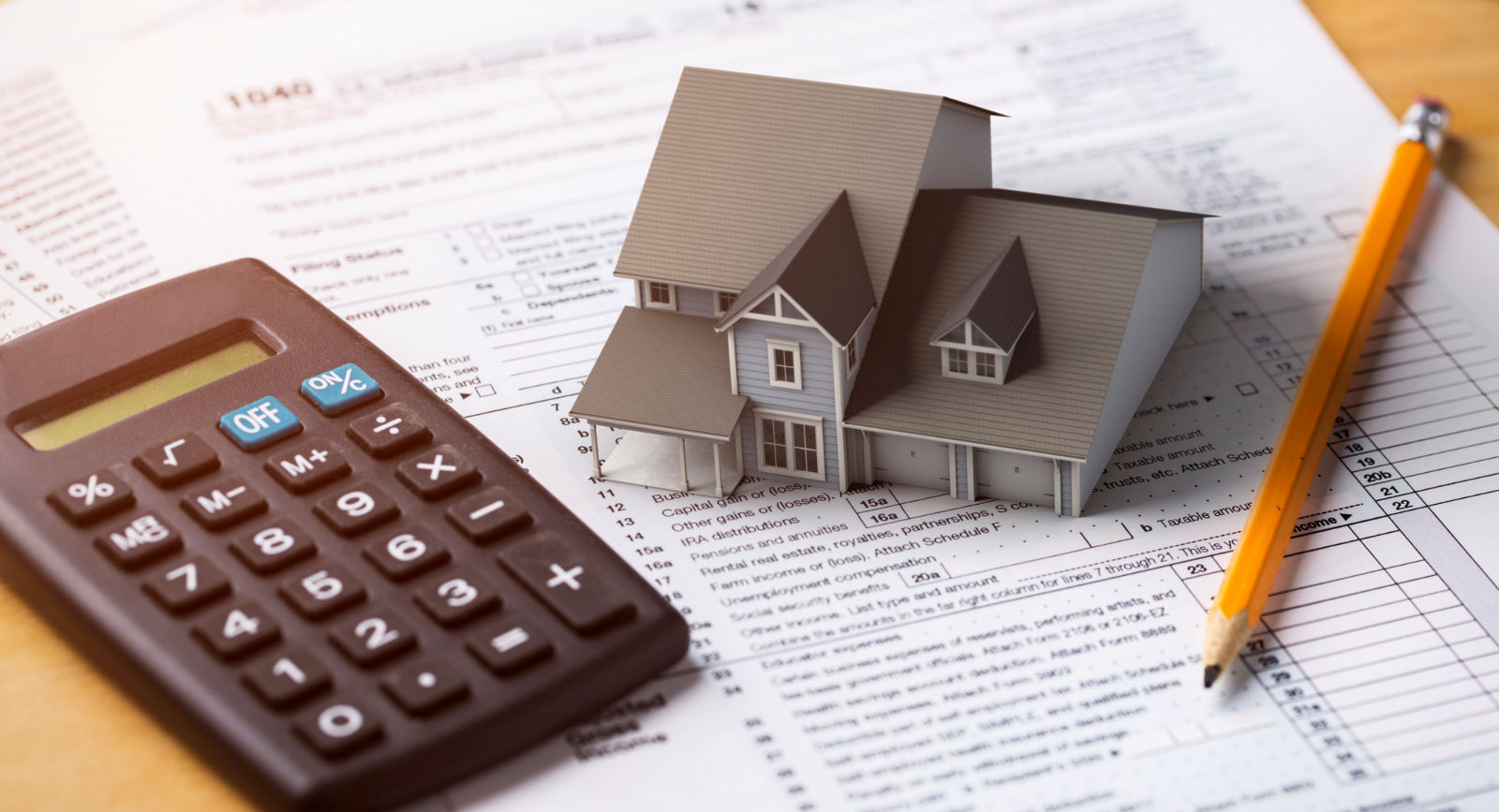WTOP Interview: 5 Uncommon Ways to Use a Home Equity Line of Credit
Interview Transcript:
Hillary Howard: It is 5:11 here on WTOP. A home is not only a place to live, raise a family and make memories, it is also the largest asset for most Americans. Tapping into your home’s equity can provide the funds to do more than just renovate your home.
Shawn Anderson: Well, joining us live to talk more about this, Dawn Doebler, co-founder of Her Wealth and Senior Wealth Advisor at The Colony Group in Bethesda. Great to have you back Dawn!
Dawn Doebler: Thank you Shawn!
Shawn: So, start by telling us how a Home Equity Line of Credit works?
Dawn: Well, a Home Equity Line of Credit or HELOC, operates kind of like a credit card; the difference being it’s secured by the value in your home. HELOCs have flexibility because you can either draw on the line of credit all at once or use it for cash needs at various times.
The interest rate is variable and you’re only charged interest on the amount outstanding. But you do want to stay aware of where interest rates could go so that you don’t overextend. HELOCs can be a better choice than traditional loans for short-term projects or for unexpected cash needs. And in our article, we give some examples of five uses beyond the originally intended use, which of course is to make home improvements.
Hillary: What are some of the more uncommon uses, Dawn?
Dawn: Well, Hillary, I would say the most common way we use HELOCs for clients to support the down payment on a second home. In today’s tight real estate market, you might buy a home before putting yours on the market and if you already have a large mortgage, you probably can’t qualify for a second home mortgage. One warning, is you need to secure that HELOC on your current home before you list it. And similarly, a HELOC can be a great alternative to a construction loan. Construction loans usually have high interest rates and require inspections and if you use a HELOC, then you’re only borrowing what you need.
A less common use is to fund long-term care. We’ve actually done this for clients, who are sole inheritors, so they were comfortable putting a HELOC on their home, knowing they’d get paid back by the inheritance. Certainly, it’s a great alternative for things like funding a business startup where that can be expensive. There are SBA loans, but interest rates can be high. And lastly, you might want to use a HELOC to pay for college. HELOC rates currently are averaging about 5 ½ %, whereas parent plus loans range between 5.6 and 12.8%. So, they can be great alternatives for college funding.
Shawn: Final 30 seconds here. How have the recent changes to the tax laws affected home equity lines of credit?
Dawn: Well, Shawn, HELOCs has lost some of their tax benefits in 2018. The new tax law suspended the deduction of interest paid on HELOCs if they’re used for something other than to buy, build, or improve a home that secures that loan. So, that means if you use a HELOC for any of the purposes I mentioned, you won’t be allowed to take a tax deduction. But really, for many people in the greater DC region where home equity can be substantial if you use it properly, HELOCs can be a great way to access funds for a wide variety of purposes.
Hillary: Awesome! Thanks so much, Dawn. That’s Dawn Doebler, with The Colony Group. And for more, check out wtop.com, search Her Wealth.
